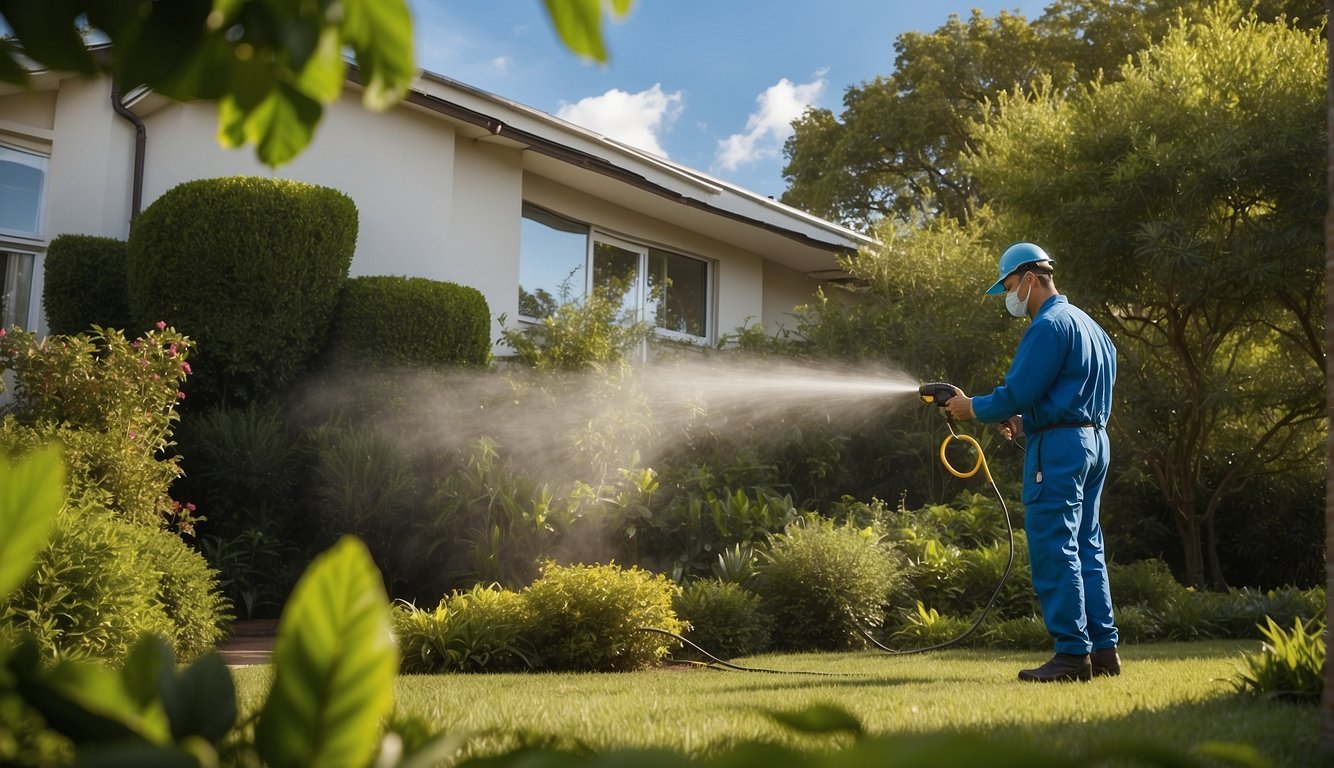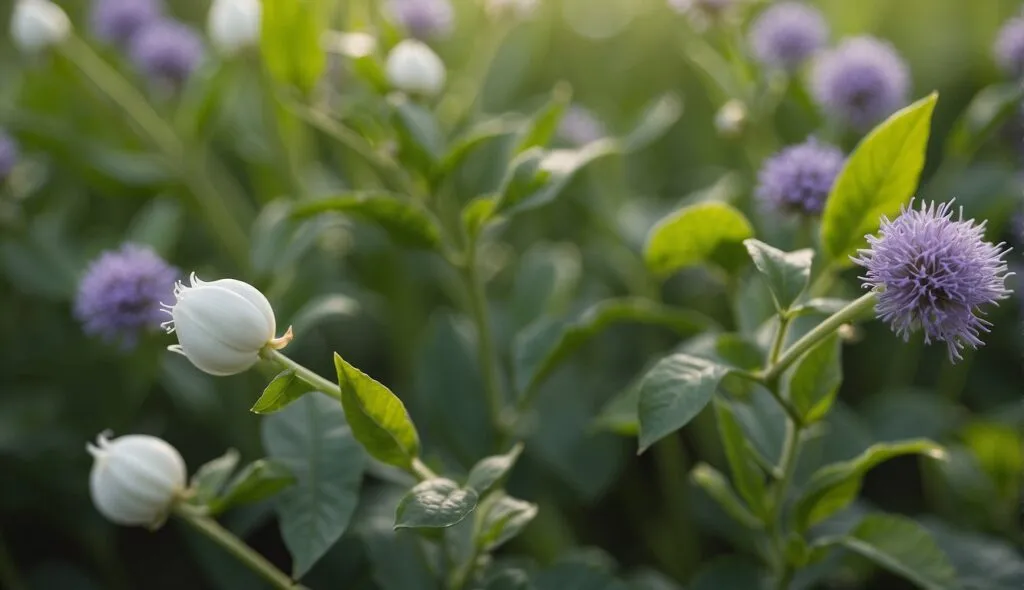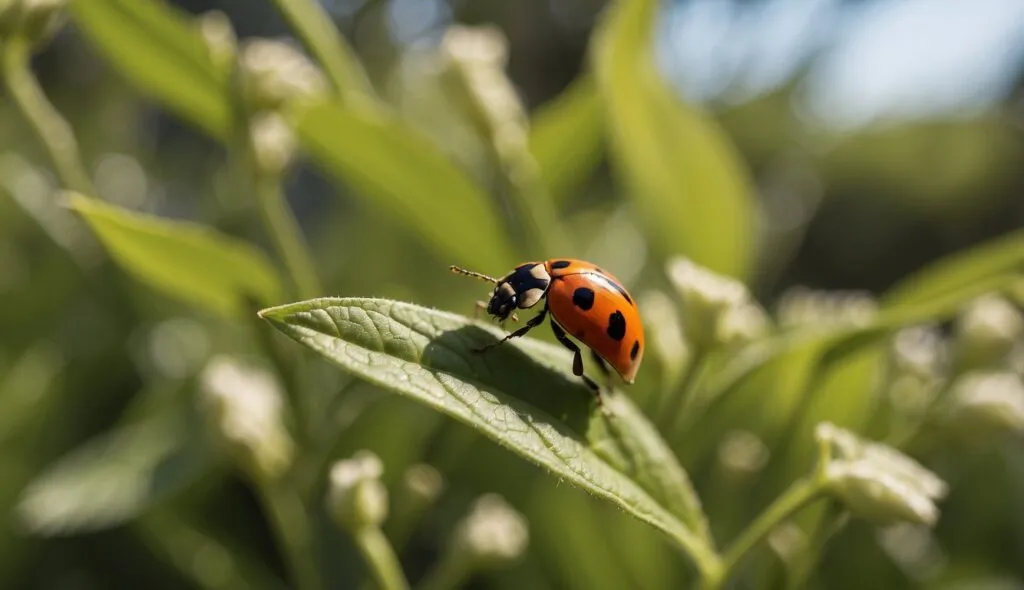Green pest prevention is a sustainable and eco-friendly approach to managing and preventing pest infestations. It focuses on utilizing methods and products that minimize harm to the environment, humans, and non-targeted organisms. This approach aims to control pests while maintaining the balance of the ecosystem and promoting sustainability.

Understanding pests and the environment is crucial to green pest management. Pests can cause significant damage to the environment and pose health risks to humans and other living organisms. Traditional pest control methods often involve the use of harmful chemicals that can have long-lasting effects on the environment. Green pest prevention, on the other hand, involves the use of non-toxic and natural methods to control pest populations.
Table of Contents
Key Takeaways
- Green pest prevention is a sustainable and eco-friendly approach to managing and preventing pest infestations.
- Understanding pests and the environment is crucial to green pest management.
- Eco-friendly pest control solutions and integrated pest management techniques are effective ways to control pests while maintaining the balance of the ecosystem.
Understanding Pests and the Environment
As we explore the topic of green pest prevention, it is important to understand the impact of pests on ecosystems and the role of biodiversity in pest control. By doing so, we can gain a better understanding of how our pest management practices can affect the environment and how we can work towards sustainable agriculture.
The Impact of Pests on Ecosystems
Pests can have a significant impact on ecosystems. They can disrupt the balance of the ecosystem by preying on beneficial insects, damaging crops, and spreading diseases. This can lead to a decrease in biodiversity and the loss of important ecosystem services.
In addition, traditional pest management practices often involve the use of pesticides, which can have negative effects on the environment. Pesticides can contaminate soil and water sources, harm non-target organisms, and contribute to the development of pesticide resistance in pests.
The Role of Biodiversity in Pest Control
Biodiversity plays an important role in pest control. By promoting biodiversity, we can encourage the presence of beneficial insects and other organisms that can help to control pest populations. For example, ladybugs and lacewings are natural predators of aphids, a common pest in many crops.
In addition, sustainable agriculture practices such as crop rotation and intercropping can help to promote biodiversity and reduce the risk of pest outbreaks. These practices can also improve soil health, reduce the need for synthetic fertilizers and pesticides, and increase crop yields.
Overall, it is important to consider the impact of pest management practices on the environment and to work towards sustainable agriculture practices that promote biodiversity and reduce the need for harmful pesticides.
Green Pest Management Strategies
When it comes to green pest prevention, there are several strategies that we can implement to prevent and control pest infestations. In this section, we will discuss two of the most effective strategies: preventive measures and monitoring, and natural repellents and biological controls.
Preventive Measures and Monitoring
Prevention is key when it comes to green pest management. By taking steps to prevent pests from entering our homes and businesses, we can avoid the need for harsh chemicals and pesticides. Some preventive measures that we can take include:
- Sealing cracks and gaps in walls, floors, and foundations
- Ensuring that all doors and windows are properly sealed
- Keeping food in sealed containers
- Removing sources of standing water
- Keeping trash and recycling bins tightly sealed
In addition to preventive measures, monitoring is also an important aspect of green pest management. Regular inspections can help us identify pest problems early, before they become more serious. By monitoring for pests, we can take action quickly and avoid the need for harsh chemicals and pesticides.
Natural Repellents and Biological Controls
When it comes to controlling pests, natural repellents and biological controls can be effective alternatives to harsh chemicals and pesticides. Some natural repellents that we can use include:
- Neem oil, which is derived from the neem tree and can be used to repel a variety of pests
- Essential oils, such as peppermint oil, which can be used to repel ants, spiders, and other pests
- Beneficial organisms, such as ladybugs, ground beetles, and parasitic wasps, which can be introduced to control pest populations
In addition to natural repellents, biological controls can also be effective in controlling pests. For example, plant-based pesticides can be used to control pest populations without harming beneficial organisms. Traps and baits can also be effective in controlling pests without the need for harsh chemicals and pesticides.
By implementing these green pest management strategies, we can prevent and control pest infestations without harming the environment or our health.
Eco-Friendly Pest Control Solutions
As advocates for eco-friendly pest control, we understand the importance of using organic and less toxic options to prevent pest infestations. Not only are these methods safer for humans and pets, but they also help to preserve the environment and promote biodiversity. In this section, we will explore some of the most effective eco-friendly pest control solutions available today.
Organic and Less Toxic Options
When it comes to organic pest control, there are several products that have proven to be effective. One such product is diatomaceous earth, a natural substance that can be used to control a variety of pests, including ants, fleas, and bed bugs. Diatomaceous earth works by drying out the exoskeletons of insects, causing them to die of dehydration.
Another option is insect growth regulators, which target the life cycle of pests and prevent them from reaching maturity. These products are less toxic than traditional pesticides and are often used in combination with other organic pest control techniques.
Innovative Techniques for Sustainable Control
In addition to organic products, there are also several innovative techniques that can be used for sustainable pest control. One such technique is the use of pheromone traps, which attract pests to a specific location and trap them without the use of chemicals. This method is particularly effective for controlling moths, flies, and other flying insects.
Another technique is the use of green techniques, such as habitat modification, to prevent pests from entering a particular area. This can include sealing up cracks and crevices, removing food and water sources, and using natural barriers to prevent pests from entering a space.
Overall, there are many eco-friendly pest control solutions available today that are both effective and safe. By using organic products and innovative techniques, we can prevent pest infestations while also protecting the environment and promoting biodiversity.
Integrated Pest Management (IPM)
At the core of Green Pest Prevention is the practice of Integrated Pest Management (IPM). IPM is a sustainable and effective approach to pest management that relies on a combination of common-sense practices. IPM programs use current, comprehensive information on the life cycles of pests and their interaction with the environment. This information, in combination with available pest control methods, is used to manage pest damage by the most economical means and with the least possible hazard to people, property, and the environment.
Principles of IPM
The principles of IPM include monitoring and identifying pests, setting action thresholds, preventing pest problems, using a combination of cultural, mechanical, biological, and chemical control methods, and evaluating the effectiveness of pest management methods.
Monitoring and identifying pests is the first step in IPM. By regularly monitoring the pest populations, we can identify the pest species, determine the severity of the infestation, and make informed decisions about the most appropriate control measures. Setting action thresholds helps us decide when control measures are needed. Action thresholds are the pest population levels at which control measures should be taken to prevent the pest population from reaching damaging levels.
Preventing pest problems is an important IPM principle. Prevention includes practices such as crop rotation, companion planting, and sanitation. Crop rotation involves growing different crops in a field each year to disrupt the life cycles of pests that attack a particular crop. Companion planting involves planting different crops together that benefit each other and repel pests. Sanitation involves removing pest habitats and food sources to prevent pests from establishing themselves.
Implementing IPM in Agriculture
IPM can be implemented in agriculture by following a few simple steps. First, we need to determine the pest species and the extent of the infestation. Next, we need to set action thresholds based on the pest species and the economic damage they cause. We then need to develop a pest management plan that includes a combination of cultural, mechanical, biological, and chemical control methods.
Cultural control methods include practices such as crop rotation, companion planting, and sanitation. Mechanical control methods include practices such as trapping, pruning, and handpicking. Biological control methods involve using natural enemies of pests, such as predators and parasites, to control pest populations. Chemical control methods involve using pesticides to control pest populations.
In conclusion, IPM is a sustainable and effective approach to pest management that relies on a combination of common-sense practices. By following the principles of IPM and implementing IPM in agriculture, we can manage pest damage by the most economical means and with the least possible hazard to people, property, and the environment.
Conclusion

In conclusion, we have learned that green pest prevention is a sustainable and environmentally friendly alternative to traditional pest control methods. By using eco-friendly solutions, we can avoid harmful chemicals that are often found in chemical and synthetic pesticides.
Green solutions are not only better for the environment, but they also provide safer treatment options for our homes and families. By using green pest prevention methods, we can reduce our exposure to harmful chemicals and decrease the risk of health problems associated with traditional pesticides.
It is important to note that while green pest prevention methods are effective, they may require more effort and time compared to traditional pesticides. However, the benefits of using sustainable and eco-friendly solutions far outweigh the drawbacks.
Overall, we encourage everyone to consider green pest prevention as a viable option for pest control. By doing so, we can create a safer and healthier environment for ourselves and future generations.
Frequently Asked Questions
What are the benefits of using eco-friendly pest control methods?
Using eco-friendly pest control methods has several benefits. Firstly, it reduces the risk of exposure to harmful chemicals for humans and pets. Secondly, it is environmentally friendly and reduces pollution. Thirdly, it is a long-term solution that prevents pests from returning.
How does green pest prevention impact the environment compared to traditional methods?
Green pest prevention methods use natural and organic products that are safe for the environment. Traditional pest control methods often use chemical pesticides that can harm the environment, including plants, animals, and water sources. Using eco-friendly pest control methods reduces the overall impact on the environment and helps to preserve the natural ecosystem.
Can green pest control solutions be as effective as chemical pesticides?
Yes, green pest control solutions can be as effective as chemical pesticides when applied correctly. The key is to use the right products and techniques for each pest problem. Green pest control solutions often require more frequent applications, but they provide a long-term solution that prevents pests from returning.
What are some common green pesticides used in eco-friendly pest management?
Some common green pesticides used in eco-friendly pest management include diatomaceous earth, neem oil, and pyrethrin. These products are derived from natural sources and are effective in controlling pests without harming the environment.
How often should eco-friendly pest control treatments be applied for maximum effectiveness?
Eco-friendly pest control treatments should be applied on a regular basis to ensure maximum effectiveness. The frequency of treatments depends on the severity of the pest problem and the type of pest being treated. A professional pest control service can provide a customized treatment plan that meets the specific needs of your home or business.
What should I look for in a pest control service to ensure they follow green practices?
When choosing a pest control service, look for one that uses eco-friendly products and practices. Ask about their pest control methods and the products they use. A reputable pest control service should be able to provide you with information about their green practices and certifications. Additionally, look for a service that provides ongoing monitoring and prevention to ensure that pests do not return.


